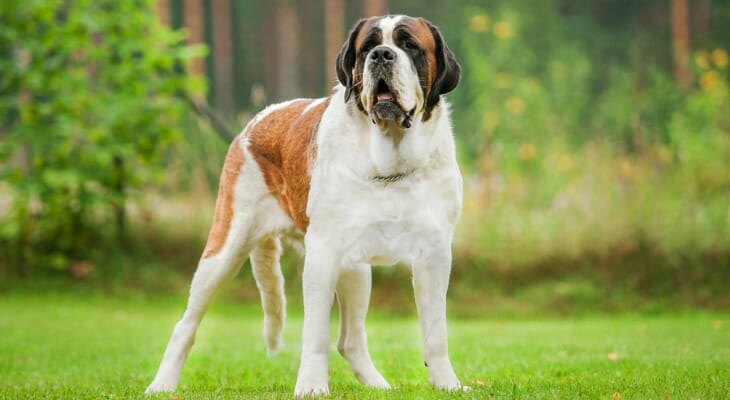Equine castration (or gelding) is a common procedure that can be done on the farm or at the clinic. The following are some guidelines before having your horse castrated as well as some after-care instructions.
Before Castration:
The horse’s tetanus vaccine must be up to date. It needs to be given within the last six months, with the appropriate booster given 3-4 weeks after the initial dose. If the horse has not been vaccinated, it must be done 10-14 days before the castration, with a booster required four weeks later.
The area where the procedure is performed should be comfortable and familiar to your horse. It will help make the castration easier and make your life easier if there are any post-operative complications, such as infection, etc.
The horse should be used to being sprayed with a water bottle at the castration site, as you will be spraying incisions once daily until healed with a wound spray.
Have straw or hay available for bedding after surgery.
Possible Complications:
Bleeding is a concern, especially in the first 24 hours. If it is a steady drip (more than 1 drip per second) or a steady stream lasting more than 15 minutes, call us immediately.
Infections may not be evident until days after the surgery. Chronic infection may not be evident for months to years afterwards.
Eventration – intestines coming out through the castration site is an uncommon but possible complication of castrates. Most commonly happens 4-6 hours after the castration but can occur up to 12 days after the surgery.
Complications can be minimized if surgeries are done at a young age. Mature breeding stallions are at an increased risk for complications.
Post-Operative Care:
Keep the horse stall confined for 24 hours post-surgery.
Bed the horse on straw to keep savings/sawdust out of the incisions.
Spray the incisions once daily with a wound spray.
If the bleeding has stopped, turnout/exercise in a clean and dry paddock the day following the surgery. If reluctant to walk, encourage gelding to move. The horse should walk to allow drainage and minimize swelling for 20 minutes a day. This should continue for two weeks after the incision is healed.
Swelling tends to be the worst 4-5 days after the surgery. If the gelding is eating and moving well, then do not be concerned.
Males should be kept from the mares for at least 14-30 days following the surgery. Stallion-like behaviour may persist following the castration.
Please give us a call at 902.543.5602 if you would like to book an appointment, have any questions or concerns, or see anything protruding from the incision.

